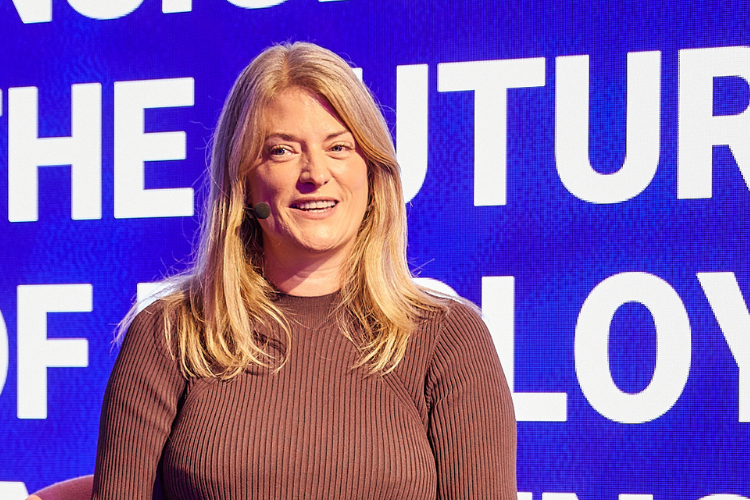Building a Passion for Growth
A powerful lever that executives can pull to achieve growth is investing in their people. Even top-notch employees who excel at their jobs may not have a mind-set that is tuned to growth. Their positions often require them to focus on maintaining the status quo, something frequently supported by the general culture of the company. One way to unlock dramatic growth is through a workforce that dreams of being bigger, doing things differently, or altering the path forward.
We believe that kind of imaginative thinking primes a company for dramatic increases in the bottom line. When it’s not present, the organization could be in danger of getting caught in what we refer to as “the drift” — the direction that some companies move in when they are simply going with the tide. While it isn’t necessarily dangerous, the drift is comfortable and can lead to complacency. More importantly, since it usually revolves around maintaining the status quo, the drift rarely ever leads to significant or sustainable growth.
To discourage the drift and to enable a windfall increase in profits, leaders may want to start with their employees and commit to shifting their organizational culture to one that encourages people to think like innovators. That kind of thinking can be extended throughout a company to gain the benefit of the ideas of every employee. We recommend fostering thoughtleaders at every level who empower employees to voice new ideas and follow through on them. Launching this kind of business culture and then building it does not happen without dedicated executives who see a possible future and then make it happen.
When this kind of innovative energy infuses a company’s culture from top to bottom, the entire organization is poised for the kind of growth-making change that everyone — from those in the C-suite to those on the line — can boast about.
Bonnie Wingate is an Insigniam partner and has instituted Insigniam’s methodology at Fortune 500 companies in a variety of industries, including medical devices, pharmaceuticals, fast-moving consumer goods, food, and banking, as well as in not-for-profit organizations.



